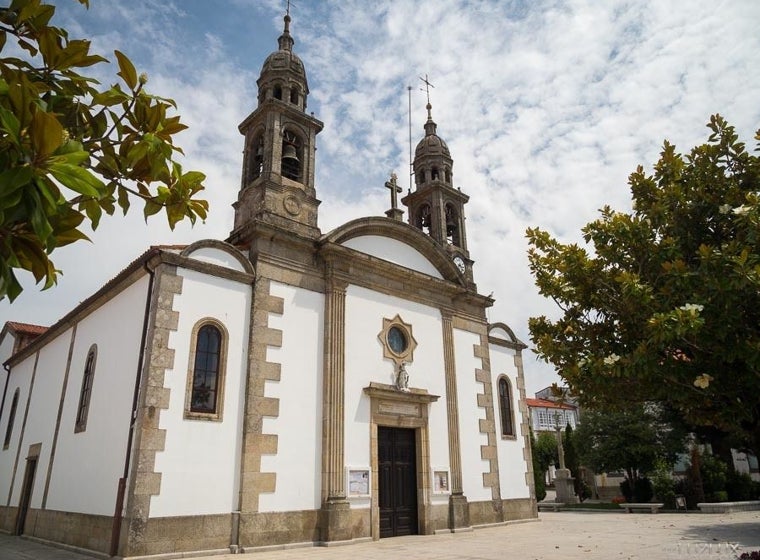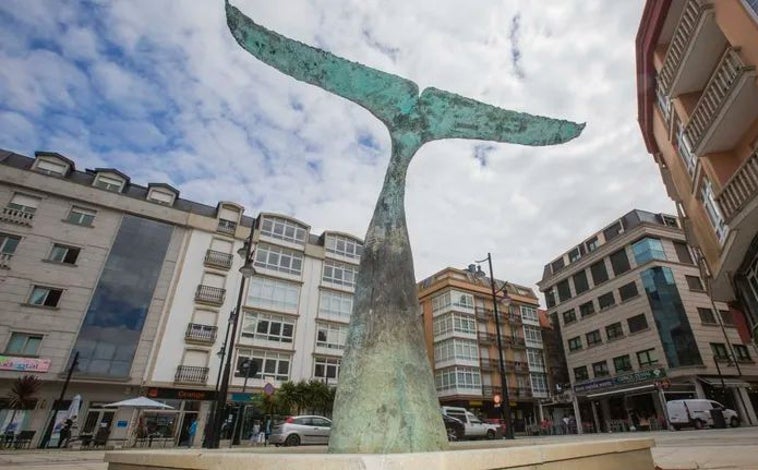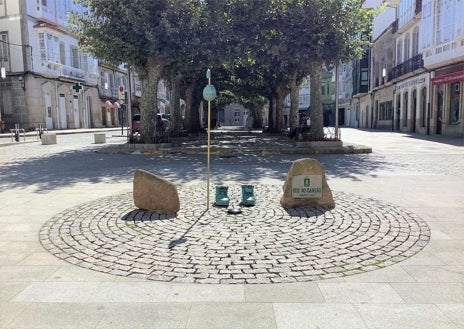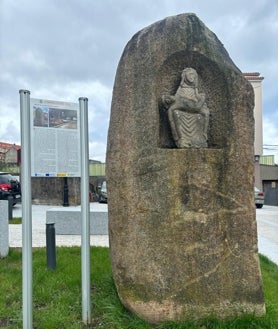Mar de ardora in Estorde: the Galician beach where the sea sparkles at night

Every summer, Estorde Beach on the Galician coast becomes a magical setting when its waters light up with blue flashes and imbue the environment with a special atmosphere, painting a perfect canvas for discovering one of the most surprising events that humans can capture on a beach : the Ardora Sea . This rare and spectacular bioluminescence phenomenon attracts those looking to experience a unique night by the Atlantic.
This beauty born from the sea can be admired on the coast of the municipality of Cee during the months of August and September, when the water temperature rises. Estorde Beach, in the parish of Toba, is one of the most visited by tourists and locals thanks to its calm waters and its full range of services: marked access, maritime rescue, showers, restrooms, camping, restaurants, and parking. Its fine white sand is approximately 350 meters long and 30 meters wide.
The burning sea occurs during warm and calm nights due to the accumulation of noctiluca , a marine unicellular organism that feeds on the microalgae that proliferate in this season and are capable of emitting bioluminescence at night when they are agitated by the movement of the water, creating a fascinating visual spectacle .
In his work " Twenty Thousand Leagues Under the Sea, " Jules Verne described how Captain Nemo and Professor Aronnax observed from the Nautilus something resembling fields of ice on a moonless night. This phenomenon occurred when southerly or easterly winds and rising water temperatures caused by the heat cause the sea to turn a shimmering, electric blue.
In addition to the sea of ardora in Estorde, Cee has a rich heritage to visit, as well as being an essential enclave for those traveling the Camino de Santiago to Fisterra.
Legend has it that one stormy day, a foreign ship found refuge on the coast. Although the skies opened, the sailors couldn't resume their journey because they felt an external force was forcing them to stay there. After making their way ashore, they found an image of the Virgin Mary holding the child in her arms among the reeds. Over time, she became known as the Virgin of Xunqueira or "the apparition."
The Church of Santa María de Cee was built in her honor, the first documentary references to which date back to the 15th century. In 1809, during the Spanish War of Independence, the church was burned by Napoleon's troops. Unfortunately, nothing was saved except part of the main chapel and a 17th-century canopy.
The devotion of the people of Cee to their patron saint, the Virgin of A Xunqueira, has been a driving force of community unity for more than three centuries, even allowing the reconstruction of the temple where her new statue is venerated today.
 Virgin of A Xunqueira Sanctuary in Cee
Cee Tourism
Virgin of A Xunqueira Sanctuary in Cee
Cee Tourism
In 2023, the Archbishopric of Santiago de Compostela granted it the status of Sanctuary. Thus, this temple with more than 600 years of history was recognized as a pilgrimage site due to the great devotion to the Virgin of A Xunqueira in Cee and the surrounding region. In fact, every year, during the patron saint festivities, celebrated on August 15 and 16, thousands of people return on pilgrimage.
Among the most notable heritage landmarks of this municipality, located 94 km from A Coruña and 74 from Santiago de Compostela, is the figure of the Pietà , the oldest preserved vestige in Cee (more than 150 years of history) located in Campo do Sacramento, right on the Camino Xacobeo to Fisterra, once the pilgrim begins to descend through the parish of Brens and reaches the urban area of Cee.
The Camino de Santiago and the Whales are also two of its must-sees. The former was inaugurated in 2019 as a tribute to the pilgrim, represented by the pilgrim's staff and boots. The latter is a must-see due to its great beauty and symbolism, as it represents the whaling past of the town of Cee, located just a few meters from the Sanctuary. This two-and-a-half-meter-high bronze sculpture, the work of sculptor Miguel Couto, was inaugurated in the Town Hall Square on August 3, 2010.



Over the years, the municipality has also successfully represented the legacy of its great historical figures, such as the monument to Fernando Blanco de Lema, a driving force behind education in the town, and Domingo Antonio de Andrade, a key architect of the Galician Baroque and designer of icons such as the Clock Tower and the main altar of Santiago Cathedral. These include the Monument to Working Women in Plaza 8 de Marzo; the Monument to Rural Medicine , located directly opposite the Casa de Cultura next to the gardens along the seafront; the Monument to the Defenders of Freedom , just a few metres from the former; and the Pilgrim of Cee , a strong, modern female figure that pays tribute to the women who undertake the Camino de Santiago.
ABC.es





